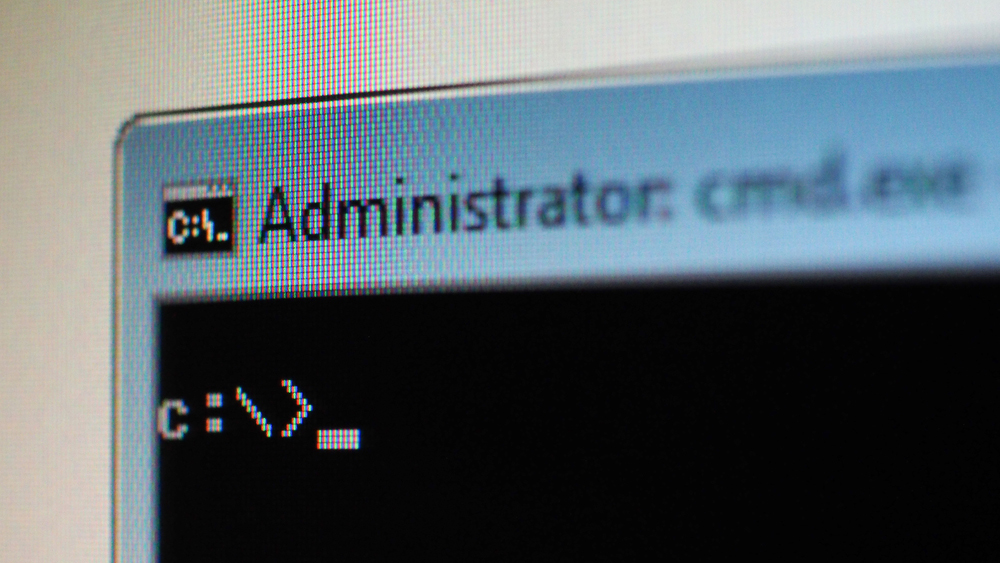Microsoft releases Windows File Recovery app
The new command line tool can retrieve deleted files from your hard drive

Microsoft has unveiled its own Windows File Recovery app, a tool that can retrieve documents you’ve mistakenly deleted.
“Accidentally deleted an important file? Wiped clean your hard drive? Unsure of what to do with corrupted data? Windows File Recovery can help recover your personal data,” says the Microsoft Store’s listing for the app.
“For photos, documents, videos and more, Windows File Recovery supports many file types to help ensure that your data is not permanently lost.”
This tool can recover not only Word, Excel and PowerPoint documents, but also JPEG and PNG images, PDFs, MP3 files, MP4 videos, ZIP files and others. The app requires users to be running Windows 10 build 19041 or higher.
Microsoft’s Support website offers more information about the tool and its three different modes:
Default mode: It uses the Master File Table to locate lost documents.
Signature mode: This may end up being the most popular option. It only requires the data to be present, and it allows users to search for specific file types. It won’t work for small files. Importantly, this is the only mode you can use to recover a file from an external storage device like a USB drive.
Get the ITPro daily newsletter
Sign up today and you will receive a free copy of our Future Focus 2025 report - the leading guidance on AI, cybersecurity and other IT challenges as per 700+ senior executives
Segment mode: This doesn’t require the Master File Table (MFT), but it does require file segments to be present. Segments are summaries of file information that the NTFS file system stores in the MFT such as name, date, size, type, and the cluster/allocation unit index.
“Recovering from a camera or SD card? Try Signature mode, which expands beyond NTFS recovery and caters to your storage device needs,” says the app listing.
“Let this app be your first choice for helping to find what you need from your hard drive, SSD (*limited by TRIM), USB drive, or memory cards.”
-
 AI is helping bad bots take over the internet
AI is helping bad bots take over the internetNews Automated bot traffic has surpassed human activity for the first time in a decade, according to Imperva
By Bobby Hellard
-
 Two years on from its Series B round, Hack the Box is targeting further growth
Two years on from its Series B round, Hack the Box is targeting further growthNews Hack the Box has grown significantly in the last two years, and it shows no signs of slowing down
By Ross Kelly
-
 The threat prevention buyer's guide
The threat prevention buyer's guideWhitepaper Find the best advanced and file-based threat protection solution for you
By ITPro
-
 The business value of Zscaler Data Protection
The business value of Zscaler Data ProtectionWhitepaper Understand how this tool minimizes the risks related to data loss and other security events
By ITPro
-
 BCDR buyer's guide for MSPs
BCDR buyer's guide for MSPsWhitepaper How to choose a business continuity and disaster recovery solution
By ITPro
-
 Three essential requirements for flawless data protection
Three essential requirements for flawless data protectionWhitepaper Want a better CASB and stronger DLP? You have to start with the right foundation
By ITPro
-
 Anticipate, prevent, and minimize the impact of business disruptions
Anticipate, prevent, and minimize the impact of business disruptionsWhitepaper Nine best practices for building operational resilience
By ITPro
-
 Business value of ServiceNow security operations
Business value of ServiceNow security operationsWhitepaper Experience transformational gains from automating workflows and data-sharing among IT, security, and risk teams to rapidly remediate threats
By ITPro
-
 Top ten ways to anticipate, eliminate, and defeat cyber threats like a boss
Top ten ways to anticipate, eliminate, and defeat cyber threats like a bossWhitepaper Improve your cyber resilience and vulnerability management while speeding up response times
By ITPro
-
 Morgan Advanced Materials still unable to restore systems after January cyber attack
Morgan Advanced Materials still unable to restore systems after January cyber attackNews Billion-pound manufacturing firm’s sites are still running processes manually nearly five months after its suspected ransomware attack
By Connor Jones